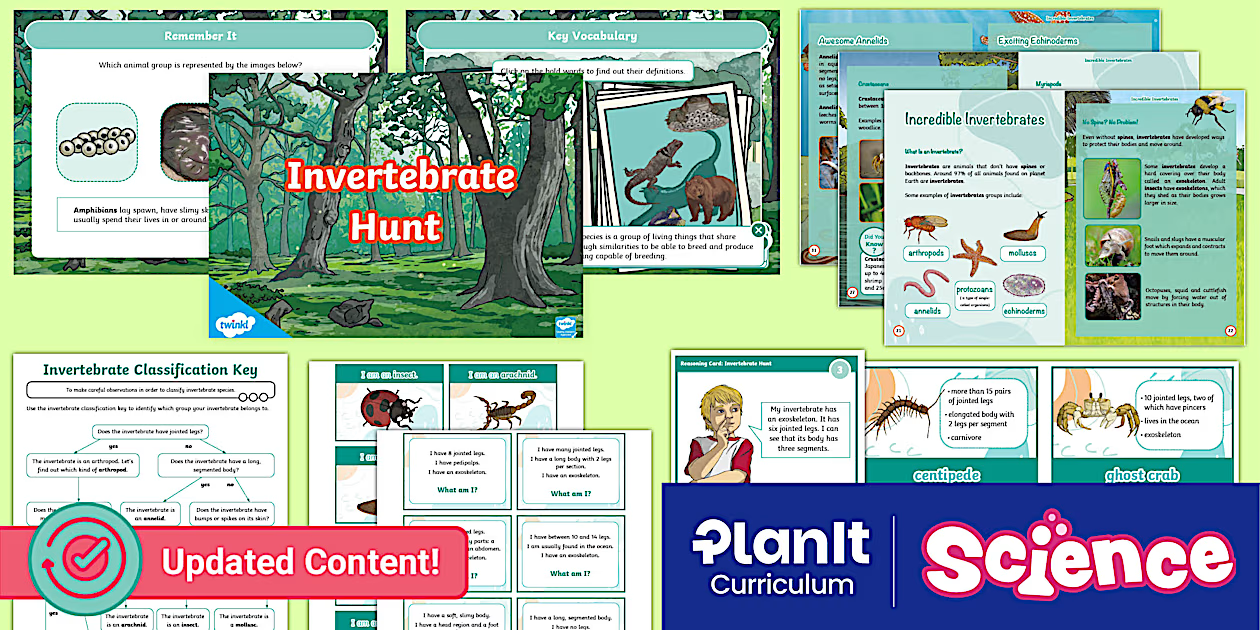Understanding Invertebrates: A Flow Chart for Year 4 Students
Invertebrates are quite fascinating creatures, forming a considerable proportion of the animal kingdom. Animals without a backbone are known as invertebrates. They come in various shapes, sizes, and forms. This article will help Year 4 students understand invertebrates through a simple Invertebrate Flow Chart Year 4 and key concepts related to their classification.
What Are Invertebrates?
Invertebrates are animals that do not have a spinal column or backbone. They comprise about 97% of all animal species on Earth. Examples of invertebrates include the following:
- Sponges: Simple organisms filter water in order to obtain food.
- Jellyfish: Gelatinous bodies that carry stinging tentacles.
- Worms: Segmented creatures that reside in soil or water.
- Insects: This category is the most versatile of invertebrates and includes ants, butterflies, and bees.
- Mollusks: Snails and octopuses are among other mollusks, which mostly include shells.
Why Study Invertebrates?
Studying invertebrates is essential for several reasons:
- Biodiversity: They contribute to the planet’s biodiversity.
- Ecosystem Roles: Many invertebrates play crucial roles in ecosystems, such as pollination and decomposition.
- Scientific Research: Invertebrates are often used in scientific studies due to their simple structures.
Key Characteristics of Invertebrates
Invertebrates can be classified based on several characteristics:
- Level of Organization
- Cellular Level: Some invertebrates have cells that work together but do not form true tissues (e.g., sponges).
- Tissue Level: Others have specialized tissues that perform specific functions (e.g., jellyfish).
- Body Symmetry
- Asymmetry: Some cannot be divided into equal parts (e.g., sponges).
- Radial Symmetry: Can be divided into similar halves around a central axis (e.g., jellyfish).
- Bilateral Symmetry: Can be divided into two equal halves along one plane (e.g., insects).
- Body Layers
- Diploblastic: Have two layers (ectoderm and endoderm) (e.g., jellyfish).
- Triploblastic: Have three layers (ectoderm, mesoderm, and endoderm) (e.g., worms).
- Body Cavity
- Acoelomate: No body cavity (e.g., flatworms).
- Pseudocoelomate: Have a false body cavity (e.g., roundworms).
- Coelomate: Have a true body cavity (e.g., earthworms).
Flow Chart of Invertebrates
To better understand how to classify invertebrates, we can use a flow chart. Below is a simplified flow chart that outlines the major groups of invertebrates based on their characteristics.
| Classification | Examples |
|---|---|
| Invertebrates | |
| ├── Cellular Level | Sponges |
| ├── Tissue Level | Jellyfish |
| ├── Asymmetry | Sponges |
| ├── Radial Symmetry | Jellyfish |
| ├── Bilateral Symmetry | Insects |
| ├── Diploblastic | Jellyfish |
| ├── Triploblastic | Worms |
| ├── Acoelomate | Flatworms |
| ├── Pseudocoelomate | Roundworms |
| └── Coelomate | Earthworms |
Fun Facts About Invertebrates
- Insects are the most diverse class of animals on Earth, with more than one million known species.
- Jellyfish can even survive without a brain; instead, they have a simple nerve net.
- Some sponges can live for thousands of years!
Importance of Invertebrates
Invertebrates are important to the health of our planet. Here are some key roles they play:
- Pollinators: Many insects help plants reproduce by transferring pollen.
- Decomposers: Worms and other decomposers break dead organic matter and thus enrich the soil.
- Food Source: Many bigger animals are served with food in the form of invertebrates, birds and fish being on top.
How to Observe Invertebrates?
Students can find the invertebrates easily with some easy-to-do activities as mentioned below.
- Nature Walks: Just get outside, see the insects, worms or snails and know about their habitat.
- Aquarium Visits: Go and see the jellyfish and many more marine invertebrates in the aquarium.
- Gardening Projects: Create a small garden area to attract butterflies and other pollinators.
Conclusion
In summary, invertebrates play a vital role in our ecosystem. Their characteristics facilitate great appreciation for the diversity of life on Earth. Through the use of flow charts and interactive activities, Year 4 students will come to understand classification of invertebrates with ease. Remember to observe these amazing creatures and learn more about their roles in our world!

